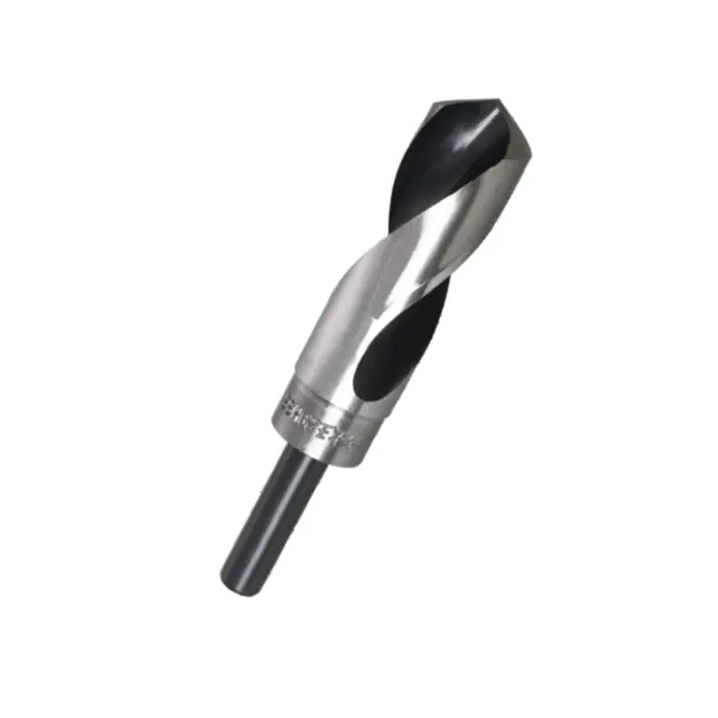High-speed steel (HSS) twist drill bits are an essential tool in the world of metalworking, woodworking, and general manufacturing. From a manufacturer’s perspective, producing these drill bits involves a multi-step process that combines advanced materials, precise engineering, and stringent quality control to ensure the final product performs reliably in a wide range of applications.
The production of HSS twist drill bits begins with the selection of high-speed steel, which is known for its hardness, wear resistance, and ability to maintain sharp cutting edges even at high temperatures. Manufacturers source high-quality HSS material, typically in the form of wire rods, and prepare them for the manufacturing process. The composition of the steel is carefully considered to ensure that it meets the specific needs of various drilling tasks.
The first step in manufacturing is shaping the drill bit blank. This process involves heating the HSS material to a specific temperature and then shaping it into the desired cylindrical form using a combination of cutting machines and extrusion processes. The blanks are then cooled and undergo further processing to refine their geometry.
Next, the twist is created in the drill bit. The twist is an essential feature of the drill bit design as it helps to remove chips from the drilled hole, preventing clogging and improving the overall drilling efficiency. Manufacturers use specialized machines to twist the drill bit in a controlled manner, ensuring that the angle and spacing of the flutes are consistent across all bits in the batch. The twist design affects the drilling performance, so precision in this step is critical to ensure uniform chip removal and smooth drilling action.
After the twisting process, the drill bits undergo a heat treatment process to improve their hardness and durability. The heat treatment involves heating the bits to a high temperature and then rapidly cooling them in oil or air to enhance the material’s strength. This step is crucial to achieving the desired hardness and toughness for the drill bit to withstand the high forces encountered during drilling operations.
Following heat treatment, the drill bits are ground to shape. Precision grinding machines are used to sharpen the cutting edges and refine the drill point geometry. The point angle and lip relief are adjusted to suit different drilling tasks, whether the application requires drilling into wood, plastic, or metal. Manufacturers use CNC (Computer Numerical Control) machines for accurate and consistent grinding, which ensures that each drill bit meets the necessary specifications for its intended use.
Quality control is an essential part of the manufacturing process. Throughout production, drill bits are tested for dimensional accuracy, hardness, and overall performance. A series of checks ensures that the finished products meet the required standards for cutting performance and longevity. Visual inspections, along with tests of sharpness and wear resistance, are performed to identify any defects or inconsistencies.
Finally, the drill bits are packaged and prepared for shipment. Packaging is designed to protect the bits from damage during transit while also ensuring they remain sharp and ready for use upon arrival.
In summary, manufacturing HSS twist drill bits involves several critical steps, including material selection, shaping, twisting, heat treatment, grinding, and quality control. Each of these processes contributes to producing a durable and reliable tool that can meet the demands of various drilling tasks, from general construction to precise engineering applications.

